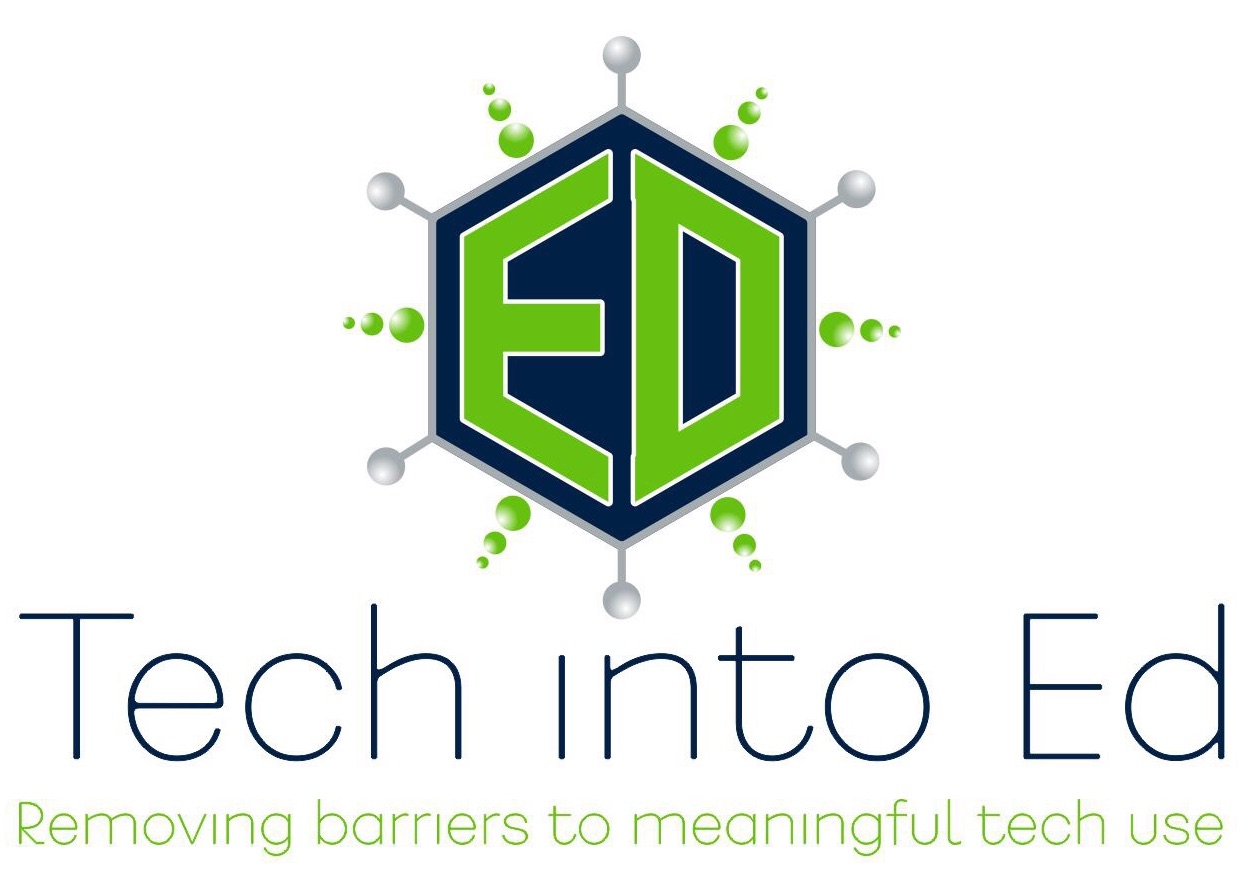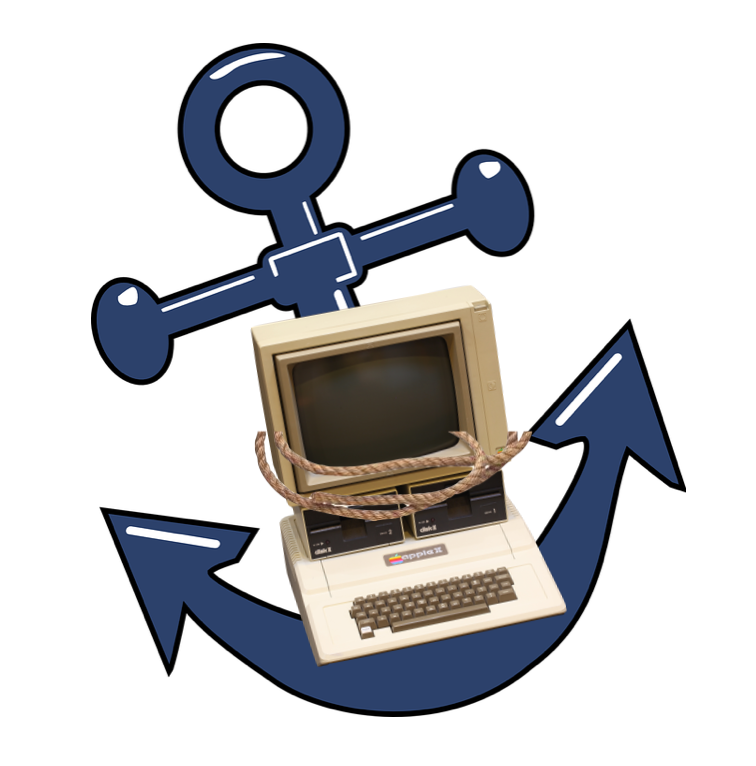Start thinking smaller with technology
Nobody likes to use technology when it slows us down. In fact, one goal for meaningful tech use is enhancing a learning experience while keeping the technology seemingly invisible. When technology does that for teachers and learners, it is worth its weight in gold.
However, when we reflect on the ways we most often use technology, the tools are often utilized as a capstone to learning -- a final end product. And that, while a really great way to use technology, well that can be cumbersome, heavy, and can ultimately slow us down.
While summative assessment is certainly an appropriate use of the tools students have, it doesn't take full advantage of what the tools offer us. In these cases, technology use becomes an event, not a way of doing our daily business.
The challenge is to find ways to use the efficiency and mobility of the iPad, along with its built-in tools, to get students interacting with and sharing their thinking daily. The goal is to make sure every student participates, every student engages, every student does the hard work of thinking, all while making a teacher's work in the process more efficient and timely.
Here are ideas you could use to think "small" with technology use in order to incorporate it into your daily learning plan. And the best news -- these tools are on your iPads already. No download needed!
Prior Knowledge & Post Reflections with Camera
In order to activate prior knowledge, educators often use a call and response with the class or group. This only gives some of the students an opportunity to engage their brain and show what they know.
Instead, have every student turn on the video camera on their iPad. Speaking in a six inch voice (direct students to talk into the microphone of the iPad for better audio), have every student record 30 seconds of video explaining what they know about the topic.
At the end of the lesson on the topic, have students listen to their original recording. Ask them to reflect on two key questions: 1) What do I know now that I didn't know earlier? and 2) What questions do I still have about this topic?
They could now share with a partner for a quick turn and talk session.
Finally, have the small group film one final 20 second video using the camera app. They will record the answers to these questions: 1) "One really important thing we learned today about this topic was..." and 2) "One question we still have about this topic is...".
Students can now AirDrop the video to their teacher as an exit ticket, and the teacher can quickly review the student's thinking and questions.
Low Tech to High Tech Reflection with Markup
In most classrooms some amount of work is done on paper. Paper is a wonderful tool for learning. Of course, like anything, it has limitations.
In this technique we start from paper. We have students doing work and showing their learning on paper (this should feel fairly familiar).
Next we organize a quick museum walk or have students find a partner. The goal here is to have students look at each other's work in order to challenge their own understanding of the skill/topic, and to offer feedback to each other. Using their iPad, they will take photos of at least one other student's written work (you may need to teach them how to focus and take a good picture).
Then, using the Markup tool in Photos (the place where your photos go on your iPad after you take them), have the students annotate their thinking over the top of the photo to determine key points about the work. This would be more efficient and meaningful if the teacher could provide some guiding questions for the feedback.
Finally, students can meet to share their thinking with the student who they are offering feedback to. They can AirDrop their annotated image to each other to serve as guidance as the student goes back to make changes to their work on paper.
Capturing the Learning Process
If the focus on the learning process is the key to the work students are doing, then let's use technology to help capture the process over time. This technique works whether you are working with non-digital tools (paper, construction materials, art materials, etc) or working digitally.
The teacher starts by outlining the rules. Over the next period of time, students will hear a timer go off sporadically. This timer will be set by the teacher. When the timer goes off, the students simply need to snap a photo of their work at that time. Stop what they are doing momentarily, take a picture, and then get back to work.
Using the timer on the teacher's iPad (and AirPlay if an Apple TV is available in your room), the teacher will set the timer (you will have to determine the appropriate interval -- not so often that it interrupts thinking, but not so far apart that student progress will not be measured). As the teacher moves around the room and students work, the timer will keep pace.
When the timer goes off, instruct students to capture their work using the camera, and then get back to work. The teacher will then reset the timer for a new interval (not all intervals have to be exactly the same).
Repeat this until the work period has completed.
Next, ask students to open the Photos app on the iPad. Have them start on their first photo of their work, and then scroll through. With each photo, ask the students to reflect on the process and what changes from photo to photo. Maybe they will watch their drawing or artwork come to life. Maybe they will see their writing process unfold. Maybe they will identify their note taking or annotation process.
When we use technology to capture moments in time, we can start to uncover the process of learning, not just the end product.
They could share this reflection with a partner. They could use the Markup tool to annotate the changes. They could video record their reflections of the process. For more advanced users, you could use either full iMovie or iMovie trailers to document the learning process as well.
Any way it is achieved, the goal is to have the students reflect on their process, to think about what they did and how it impacted their final product, and to ultimately change their process (or understand their process) so they know themselves as learners.


